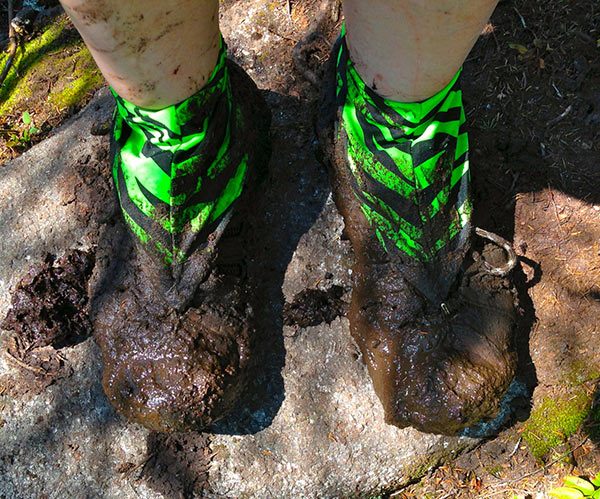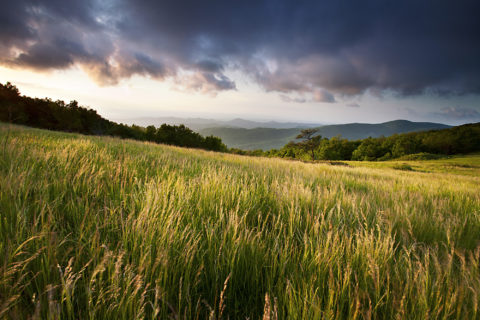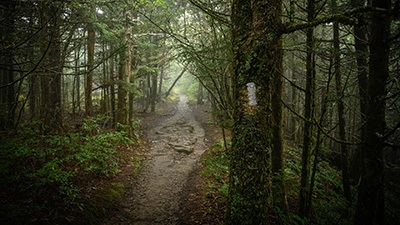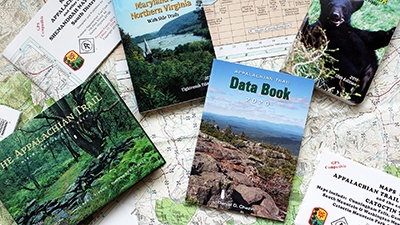Plan and Prepare
Mud Season
 Mud season occurs along the Appalachian Trail (A.T.) in New England — most dramatically in Vermont, New Hampshire, and Maine — after the snow and ice melt and before the trails dry out. Typically, this means the nights are freezing and the days are warm. As the snow and ice melt, the fragile soil is saturated with water and the trails (and dirt roads) become muddy. Hiking on trails when they are saturated with water from snow and ice melt not only causes the trail to widen and the thin, fragile topsoil to erode: it also causes harm to the plants growing near the Trail and water sources (streams, brooks, rivers) along the Trail from erosion run-off.
Mud season occurs along the Appalachian Trail (A.T.) in New England — most dramatically in Vermont, New Hampshire, and Maine — after the snow and ice melt and before the trails dry out. Typically, this means the nights are freezing and the days are warm. As the snow and ice melt, the fragile soil is saturated with water and the trails (and dirt roads) become muddy. Hiking on trails when they are saturated with water from snow and ice melt not only causes the trail to widen and the thin, fragile topsoil to erode: it also causes harm to the plants growing near the Trail and water sources (streams, brooks, rivers) along the Trail from erosion run-off.
Please let the New England trails rest for the months of April and May until they harden back up, especially the Appalachian Trail and other high-elevation trails that take longer to thaw.
If you choose to hike during mud season, be sure to turn around if you encounter a muddy trail. Many low elevation trails (below 2,500 feet) dry out faster and make good hiking alternatives to the A.T. during mud season. Biking routes and rail trails are also great mud season hiking options.
To learn more, read the Green Mountain Club’s thorough write-up on the effects of mud season on hiking trails.





